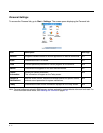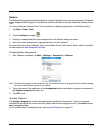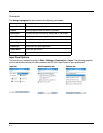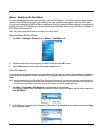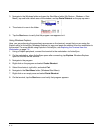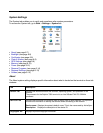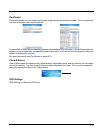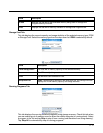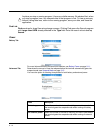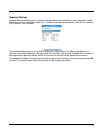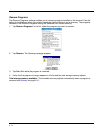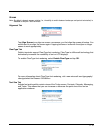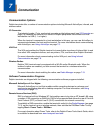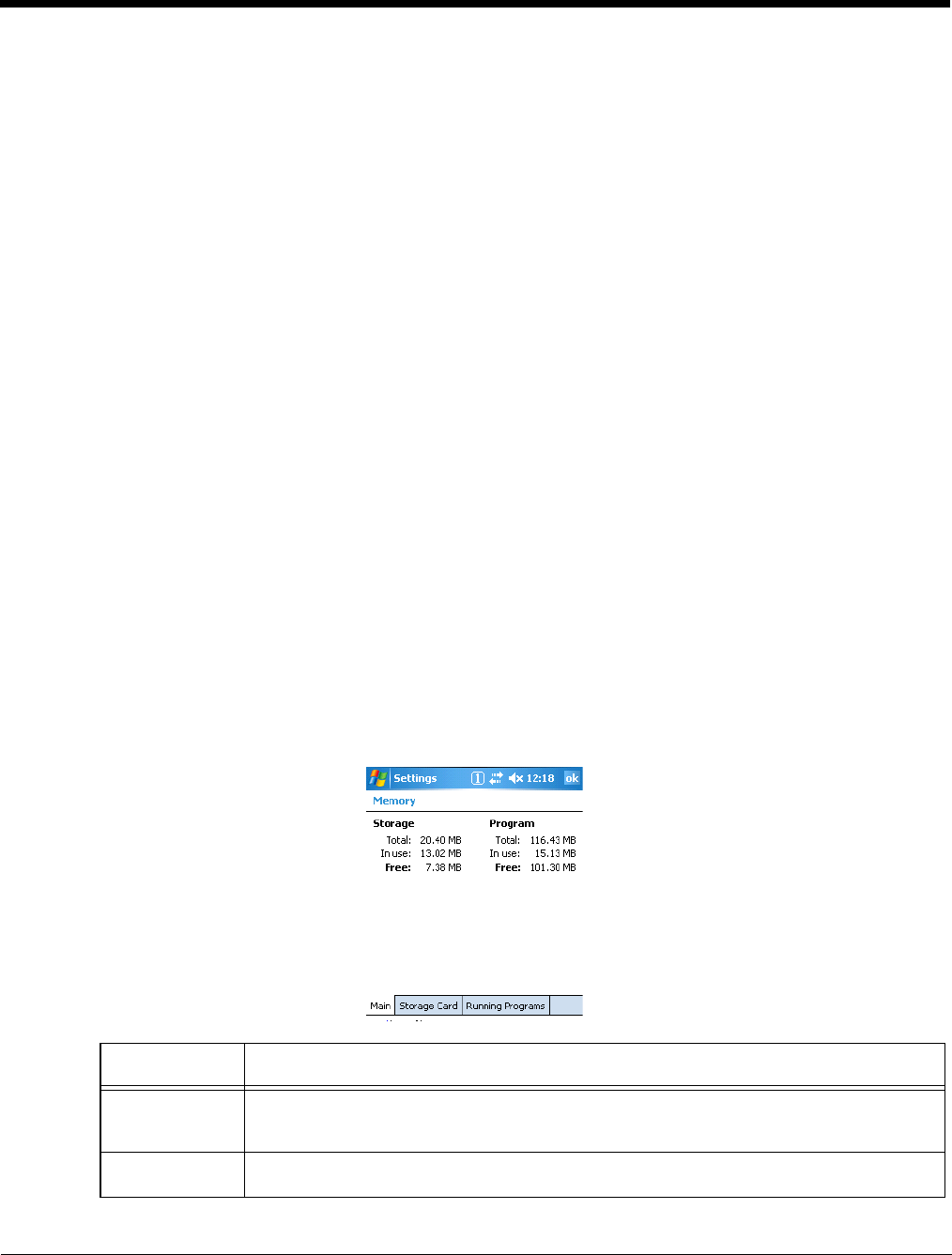
6 - 10
Memory
Dolphin terminals have two types of memory: volatile and non-volatile. Each type of memory has its own
options.
Volatile
Data stored in volatile memory does not persist through cold boots; see Hard Reset (Cold Boot) on page
3-15. Volatile memory is used for running and storing programs as well as storing program data and is
also known as RAM memory. The Dolphin 7850 terminal can have 64MB or 128MB of volatile memory
depending on your configuration.
Non-Volatile
Data stored in non-volatile Flash memory
does
persist through cold boots. The Dolphin 7850 terminal can
have 64MB or 128MB of non-volatile memory depending on your configuration.
IPSM: (Internal Persistent Storage Manager) is the on-board Flash memory. Because this
memory is non-volatile, data and programs stored in IPSM are not affected when power is
removed or a cold boot launched. For this reason, default programs and files for Dolphin
terminals such as Autoinstall are stored in IPSM.
Storage Card: The other type of non-volatile memory is a factory-installed Secure Digital (SD) memory
card. You can add up to 4GB of additional memory on non-RF units only. This card is not
user-accessible.
If you need to reformat the card, there is an EZFormat Power Tool on 7850s with a storage
card installed. For more details about EZFormat, refer to the Dolphin Power Tools User’s
Guide, which is available for download from www.honeywell.com/aidc.
Use the Memory system setting to check memory usage after you receive warning messages about
memory. There are three tabs: Main, Storage Card, and Running Programs.
Main Tab
This tab displays current capacity and usage of the 64MB or 128MB of on-board, volatile
memory.
Field Description
Columns Storage: The part of RAM memory used for storing programs and program data.
Program: The part of RAM memory used to run programs.
Total Displays the current MB of memory allocated for Storage and Program use.



